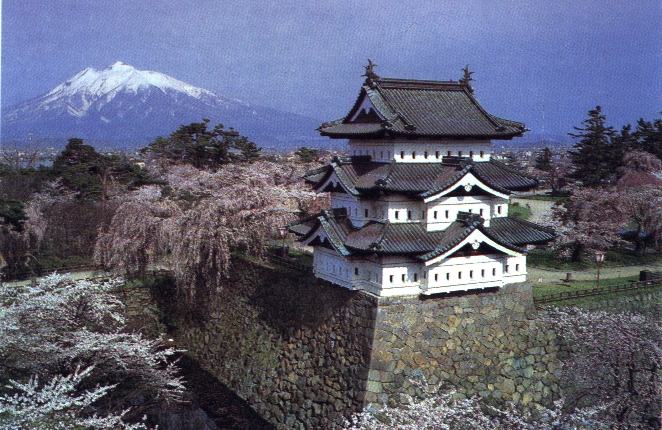|
|
|
Architects

Historically, architecture in Japan was influenced by Chinese architecture, although the differences between the two are many. Whereas the exposed wood in Chinese buildings is painted, in Japanese buildings it traditionally has not been. Also, Chinese architecture was based on a lifestyle that included the use of chairs, while in Japan people customarily sat on the floor (a custom that began to change in the Meiji period [1868–1912]).
Architecture in Japan has also been influenced by the climate. Summers in most of Japan are long, hot and humid, a fact that is clearly reflected in the way homes are built. The traditional house is raised somewhat so that the air can move around and beneath it. Wood was the material of choice because it is cool in summer, warm in winter and more flexible when subjected to earthquakes.
In the Asuka period (593–710), Buddhism was introduced into Japan from China, and Buddhist temples were built in the continental manner. From this time on, Buddhist architecture had a profound influence on architecture in Japan.
In the Nara period (710–794), a capital city called Heijokyo was laid out in Nara in a manner similar to the Chinese capital, whereby streets were arranged in a checkerboard pattern. Horyuji Temple, built under the increasing influence of Buddhism in 607, is the oldest wooden structure in the world. It was registered as a UNESCO World Heritage property in 1993.
In the Heian period (794–1185), the homes of the nobility were built in the shinden-zukuri style, in which the main buildings and sleeping quarters stood in the center and were connected to other surrounding apartments by corridors. Tosanjo Palace (1043) was an example of this style.
Tea cottages, built when the tea ceremony became popular in the Muromachi period (1333–1568), employed a style called sukiya-zukuri, characterized by a delicate sensibility, slender wood elements and unornamented simplicity. Kyoto's Katsura Rikyu is a prime example of this style. People liked the harmony formed by the cottage and the landscaped garden.
In the sixteenth century, when feudal lords dominated Japanese society, many castles were built. Though constructed for military defense, these castles were also used to enhance the lords' prestige. A few of them remain today, admired especially for their tenshukaku (watchtowers). The living rooms inside the castles were tastefully decorated, and rooms for reading and waiting were developed in a style known as shoin-zukuri. The Shiroshoin at Nishi-Hongenji in Kyoto, a National Treasure of Japan, is an example of this style.
After the Meiji Restoration, Western architecture was introduced in Japan. Stone and brick came to be used in construction. In more recent times, the trend is toward the construction of buildings that incorporate aspects of traditional Japanese architecture, using modern technology and new materials.